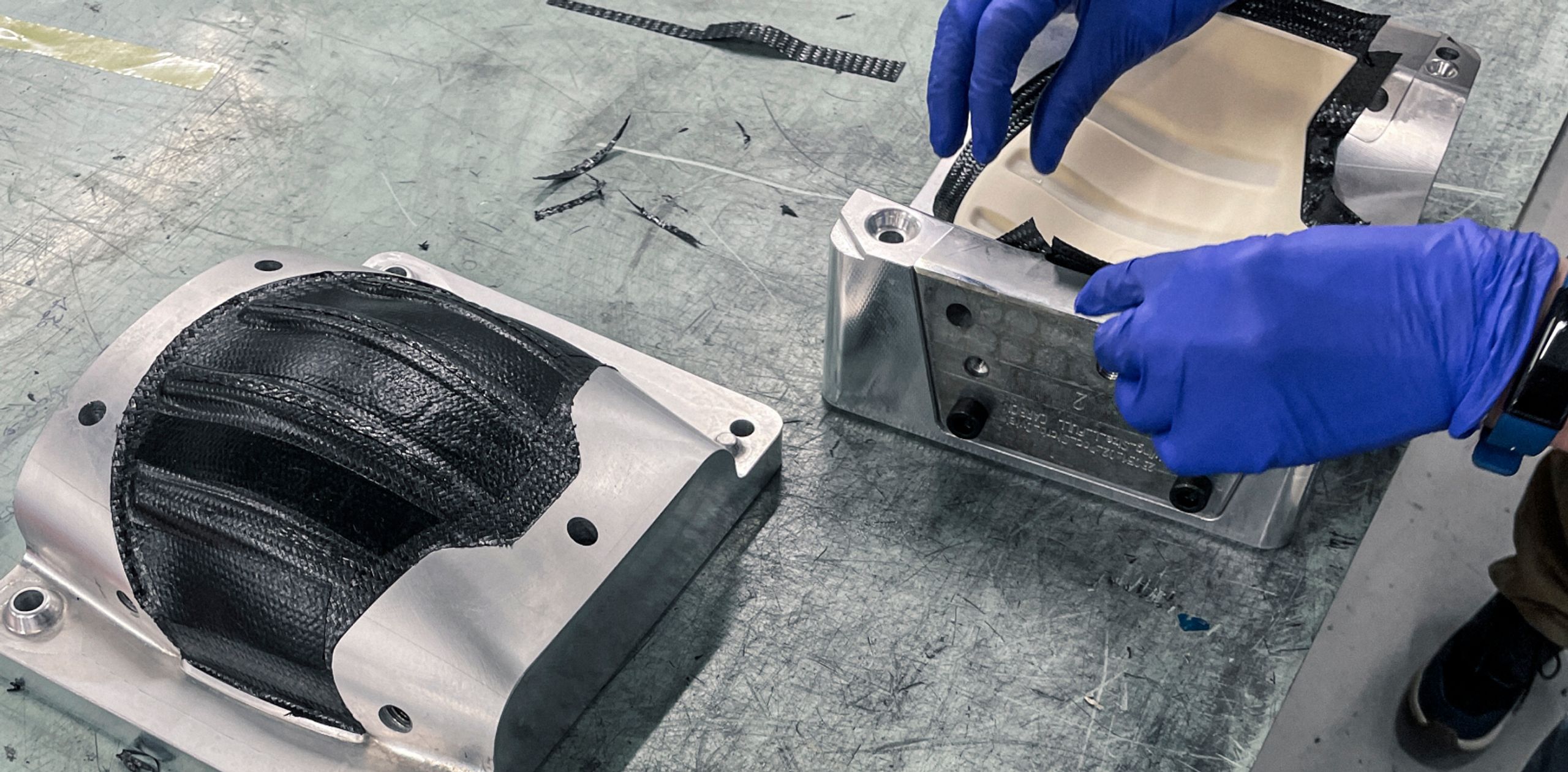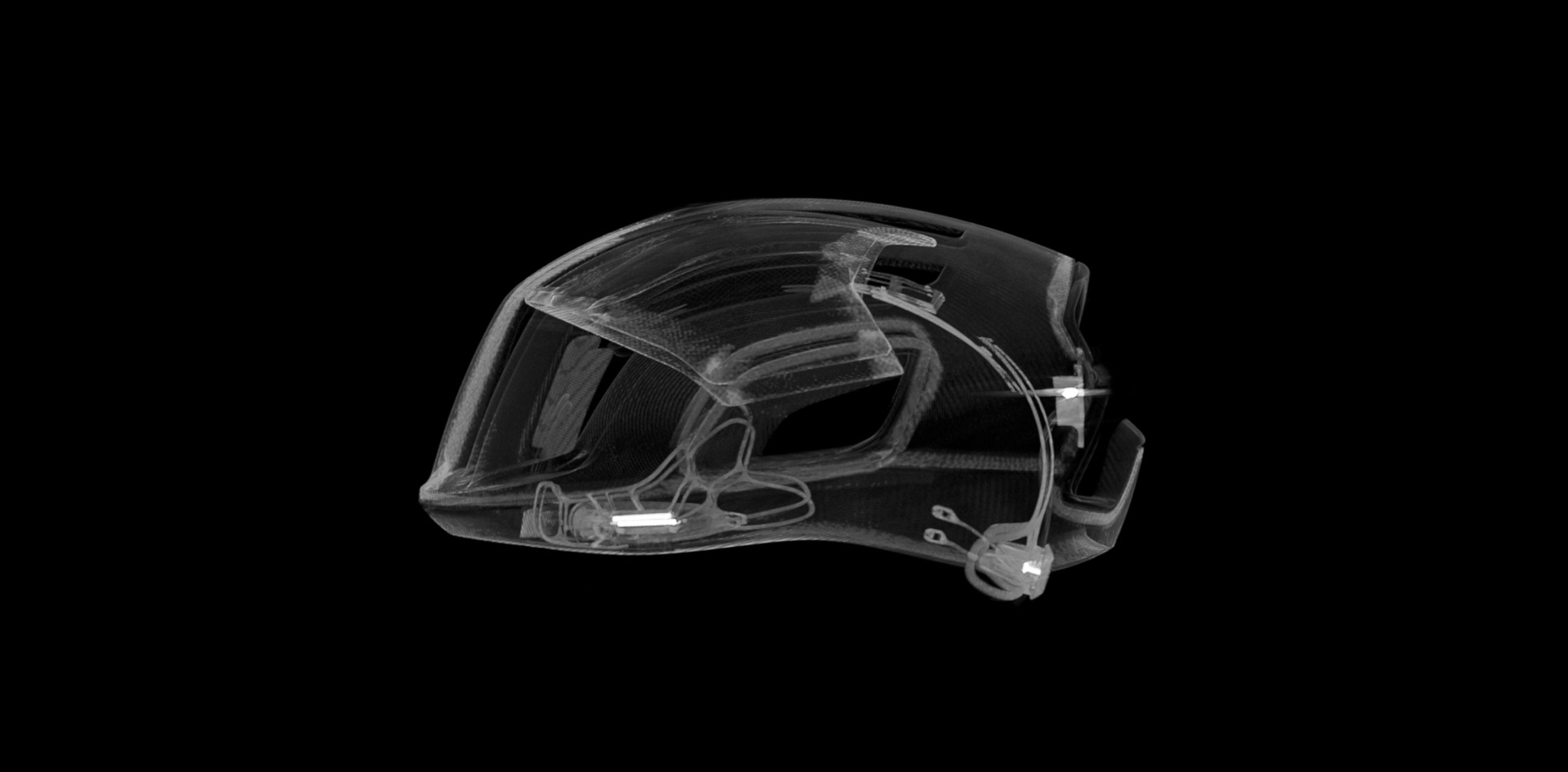The Cooling Power of a carbon wing

A handmade carbon wing featuring a Koridion core lies at the centre of a new approach to performance, ventilation and protection visible in the new Cytal Carbon road cycling helmet.
The search for new ways to improve performance and safety never ceases. In this search, we never shy away from seeking out, developing and testing technologies not previously used in cycling helmets to determine how strength and speed can be improved.
In creating the Cytal Carbon, we found inspiration in technologies previously only seen in the luxury sports car sector. We uncovered new materials and processes that had the potential to improve both speed and safety in a helmet. The result: an integrated carbon wing, handmade in Italy, featuring a Koridion core.

The Carbon wing changes the approach to helmet structure, airflow and performance.


The handmade carbon wing, inspired by high-performance race car use, is formed in Italy to a very precise shape. In addition to carbon a Koridion core has been sandwiched between the wing's carbon sheets.
Koridion forms an active core nestled inside the handmade carbon wing on the helmet. The visco-elastic properties of the material not only work to provide structural stability, but also help to evenly distribute impact forces.
It’s this wing that changes the approach to helmet structure, airflow and performance. And the results of its integration are clear to see. In particular the precise shape, size and variable thickness are the catalyst for enhanced ventilation, cooling, and aerodynamics.
But creating safer, faster helmets does not solely depend on finding new materials. We also build on what is proven to work in the world of performance road cycling: the Venturi effect.


Cytal Carbon has been subject to extensive CFD simulation, wintunnel testing, and real-world testing with EF Pro Cycling riders.
The principles of the Venturi effect, which we have used to support airflow through our Ventral helmets, can once again be seen in the new Cytal Carbon. The exact shape of the new carbon wing directs a large amount of air into the helmet and then forces it though a smaller zone, increasing the rate of airflow, to support a stronger cooling effect. Through our work with the performance experts at EF Pro Cycling, we learned just how important staying cool is to overall performance and developed the new helmet to maximise cooling.
Performance can only come on top of the foundation of safety, and we repeatedly tested the new Cytal Carbon to ensure that any new technology we wanted to integrate into the helmet also worked to improve its overall crash protection.

The size adjustment system, clearly shown in the x-ray, spans from temple to temple around the back of the head, keeping the front more open for better ventilation while also ensuring a secure fit.


Created to question many more safety variables, our FEM modelling process ensures that we deliver products that live up to our internal safety demands and is the process that influenced the carbon wing.
It’s this overall approach which has also led to independent tests from Virginia Tech resulting in their established five-star rating being awarded to the Cytal Carbon, indicating that it’s incredibly safe as well as being the coolest and most aerodynamic helmet we have made to date.
Who would have thought that unlocking cooling fed performance would be in the hands of a carbon wing.
